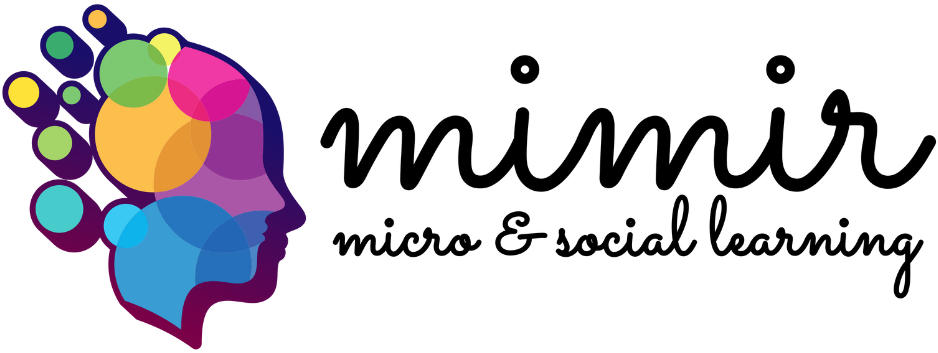Comprehensive Guide to Geological Exploration and Resource Estimation

Understanding Geophysical and Geochemical Surveys in Geological Exploration
Geological exploration is a fascinating journey into the Earth’s history, revealing secrets hidden beneath the surface that shape our world. Geophysical and geochemical surveys are indispensable tools in this exploration, offering essential insights for understanding the underlying geological structures and resource potential.
Geophysical surveys involve measuring various physical properties of rocks and sediments, such as density, magnetism, and electrical conductivity. These surveys help geologists map subsurface features like fault lines, mineral deposits, or even groundwater reservoirs, providing crucial data for mining, oil exploration, and environmental studies.
On the other hand, geochemical surveys focus on analyzing the chemical composition of rocks and soils. By studying elements and minerals present in samples collected from the field, geoscientists can identify mineralization patterns, trace element concentrations, and geochemical anomalies that signify the presence of valuable resources.
Integrating geophysical and geochemical data allows geologists to create comprehensive geological models that enhance exploration efficiency and accuracy. Whether searching for mineral deposits, groundwater sources, or hydrocarbon reservoirs, these surveys play a pivotal role in decision-making and risk assessment for various industries.
Understanding the principles and applications of geophysical and geochemical surveys is vital for anyone involved in geological exploration. By unlocking the Earth’s secrets through sophisticated survey techniques, we pave the way for sustainable resource management and environmental conservation.
The Importance of Topographic Mapping in Mineral Resource Estimation
Key Insights and Strategies
Topographic mapping plays a crucial role in mineral resource estimation by providing essential data on the terrain’s surface features. This type of mapping helps geologists and mining engineers understand the landscape’s characteristics, such as elevation, slope, and geological structures.
By utilizing topographic maps, professionals can create accurate 3D models of the terrain, aiding in the identification of potential mineral deposits and determining the best locations for exploration and mining activities.
Step-by-Step Guide
- Step 1: Acquire detailed topographic maps of the area of interest, ensuring they cover the necessary extent for comprehensive analysis.
- Step 2: Utilize specialized software to integrate topographic data with geological information to model and visualize the mineral deposits accurately.
- Step 3: Collaborate with geologists and surveyors to combine field observations with topographic mapping data for precise mineral resource estimation.
Borehole Logging and Core Analysis Techniques for Accurate Resource Evaluation
Exploring the depths of the earth’s surface requires precise methods for valuable resource evaluation. Borehole logging, a crucial technique in geological studies, involves recording data to assess subsurface formations. By integrating advanced logging tools such as gamma-ray and resistivity sensors, analysts can capture detailed information on lithology and fluid content efficiently.
Complementing logging, core analysis plays a vital role in understanding rock properties. Examining core samples extracted from boreholes helps geoscientists determine porosity, permeability, and rock composition, facilitating accurate reservoir characterization.
Common Pitfalls to Avoid
When conducting borehole logging and core analysis, ensure proper calibration of tools to prevent inaccuracies. Inadequate sample handling or equipment malfunction can lead to misleading interpretations. Therefore, maintain quality control protocols throughout the process to enhance data reliability and validity.
Frequently Asked Questions (Q&A)
Q: What’s the biggest challenge with Ensuring Accuracy: Geological Model Validation Methods?
A: The primary challenge often lies in the complexity of geological data and the intricate processes involved in validating geological models. Ensuring that the models accurately represent the subsurface geology can be demanding due to the variability and uncertainties inherent in geological formations.
Q: How can I make Ensuring Accuracy: Geological Model Validation Methods more effective?
A: To enhance the effectiveness of geological model validation methods, focus on comprehensive data collection, meticulous model calibration against real-world data, and constant refinement based on feedback. Implementing advanced algorithms and incorporating diverse geological datasets can significantly improve the accuracy and reliability of the models, leading to better decision-making in geoscience applications.





